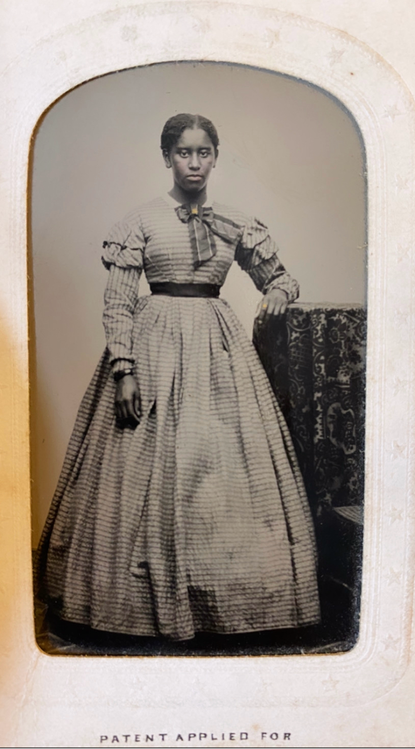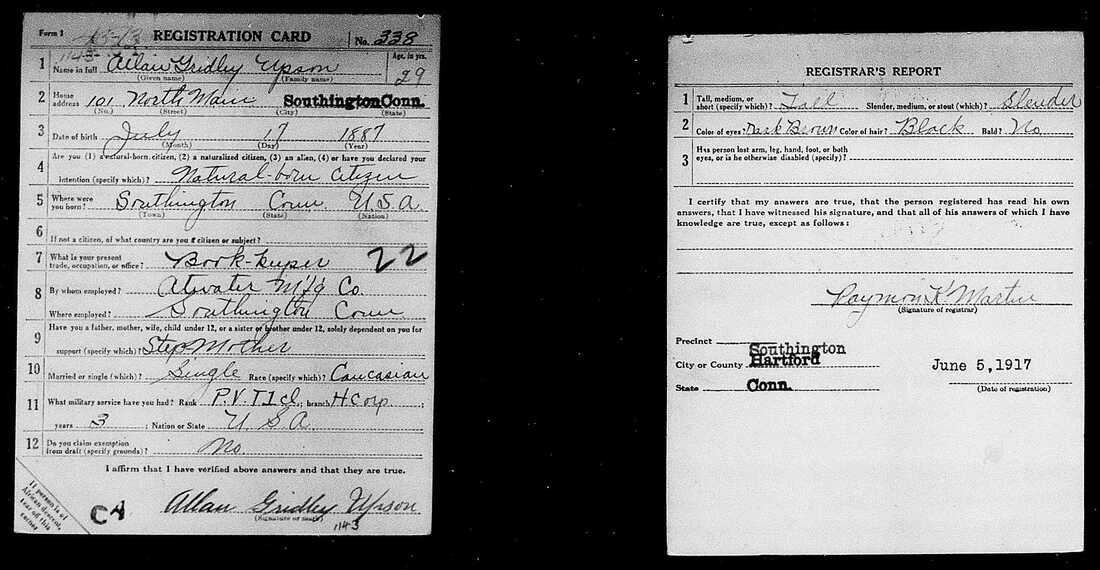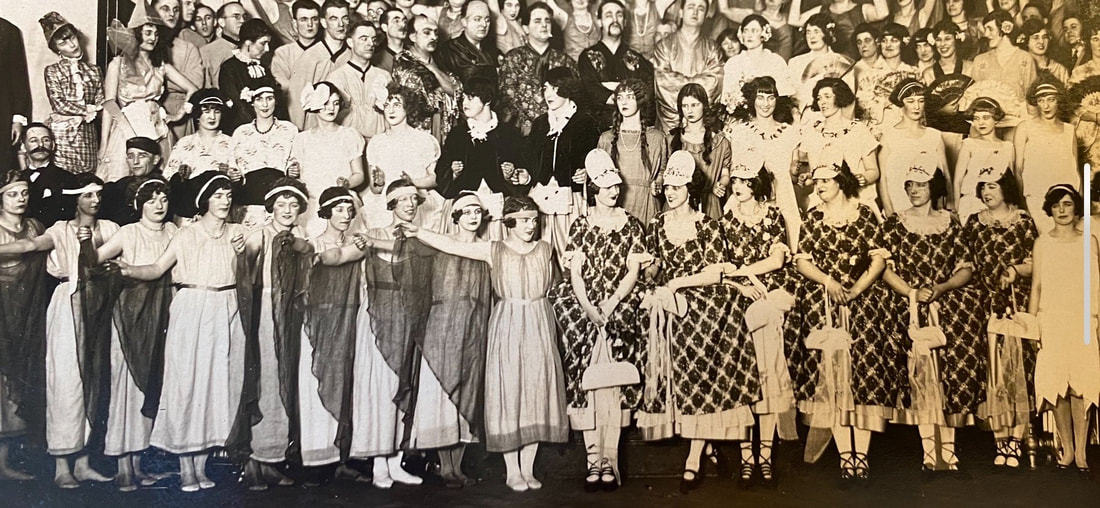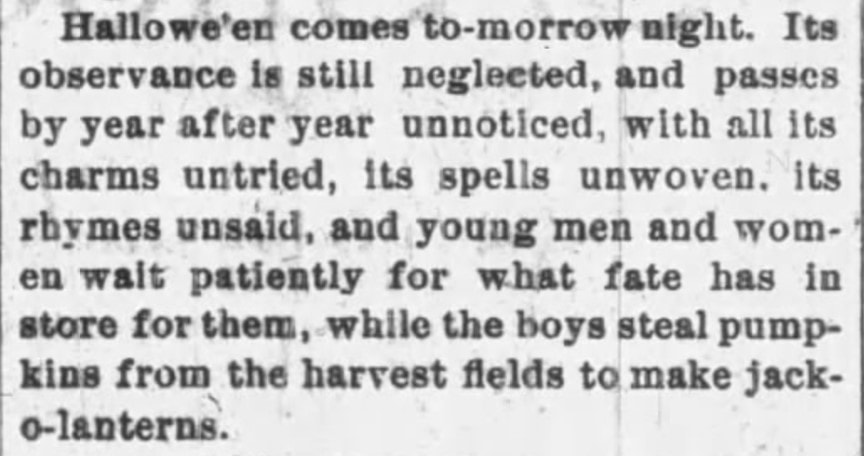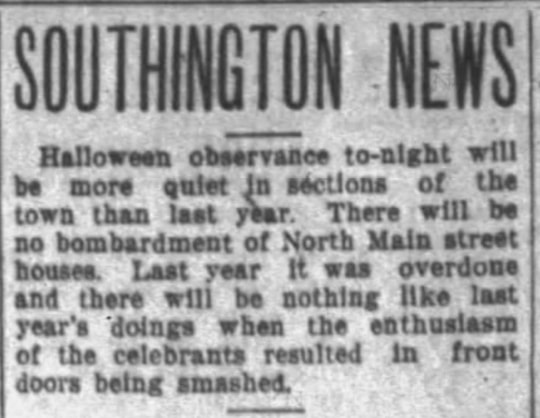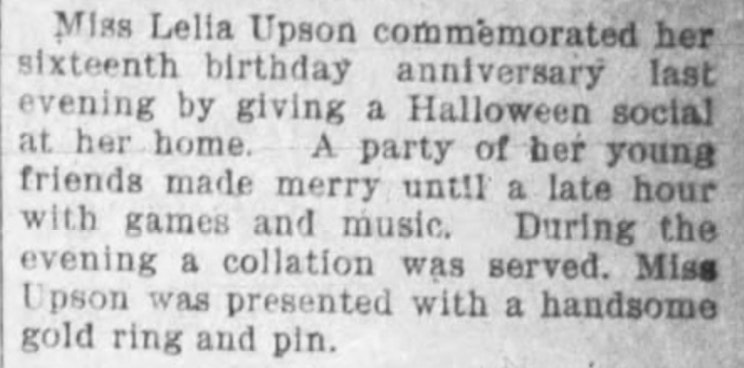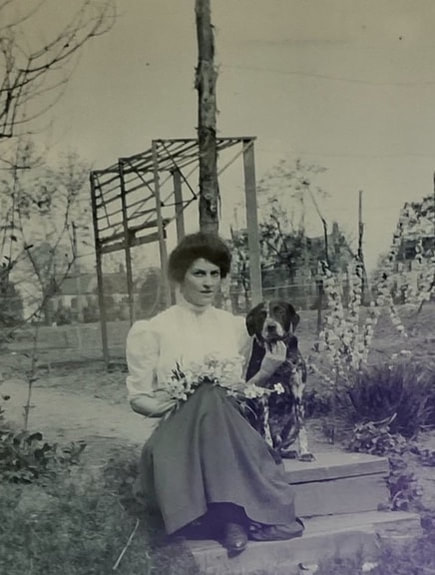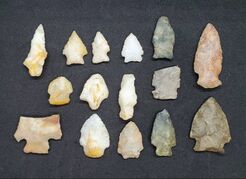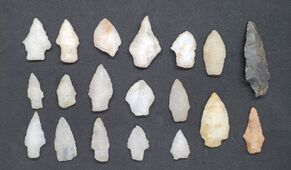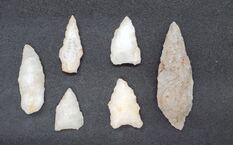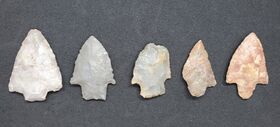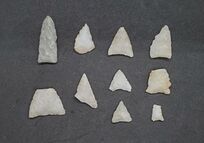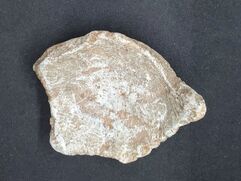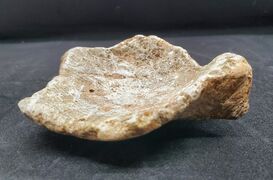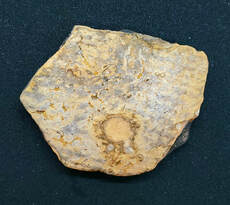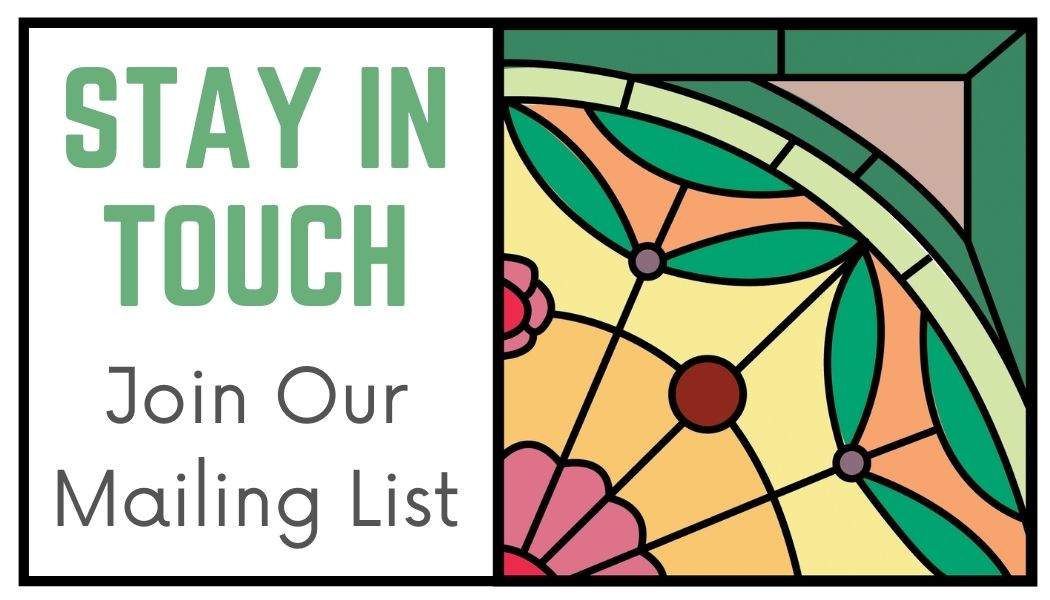A woman’s dress is a permanent revelation of her most secret thoughts, a language, and a symbol. Dress is a sort of symbolical language. During a time when women were yet to have formal identities within society, and were sanctioned to the role of daughter, bridge, or mother – clothing was the ability to reflect your innermost self and the hard work (or lack thereof) it took to get the clothes on your back. For many years in America fashion has been an outwardly expression of worthiness; in a country increasingly becoming divided by status and wealth clothing presented one's status and place within society. 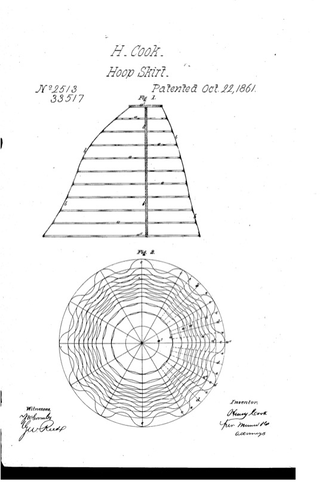 The silhouette of 1860s fashion can be defined by the hoop skirt or caged crinoline. Whereas prior to the rise of crinoline woman had to layer heavy petticoats to achieve the full, wide skirted look they desired. The cage crinoline was worn over a chemise, drawers, and a corset. The size of skirts made waists look smaller so corsets were not as tightly fitted as they soon would come to be. A major allure to wearing crinoline was the supplemental effect it had on a woman’s body language. One had to gracefully swing the skirt around avoiding small tables with bric a brac and certain death, as mentioned below in The Brooklyn Daily in September of 1867. Pictured below is the cabinet card that inspired this post and the February 2022 programming Reframing Photography and Fashion in partnership with the Amistad Center for Art & Culture. This is a tintype introduced in America between 1856 and 1860. Easier to produce and more durable than glass daguerreotypes. During the Civil War period 1861-1865 sending tintypes became popular as soldiers wanted their portrait taken and mailed to their loved ones. They could also be colorized easily by being hand painted. We see this image has been lightly touched with paint. Light blush pink on her lips, gold on her left index finger, and gold at the brooch on the bow at her neck. Noting these embellishments with colorization indicate a certain level of wealth for the period. She also appears to be wearing a bangle bracelet on her right wrist at her side. It can’t be gold or it would be colorized. The sheen it gives off indicates it likely is an ebony wood bangle. Ebony Wood is dense hardwood that can be found in West Africa, India, and Sri Lanka. You've likely encountered it as the black keys on a piano. A fashion magazine from 1865 noted that “Light dresses of thin costly materials are to be seen more frequently than in former seasons.” The dress this young lady is wearing is a day dress which are characteristic of high necklines and long semi-fitted sleeves and are belted at the waist. Her skirt indicates the crinoline shape mentioned above and appears to be constructed of a wool gauze.
0 Comments
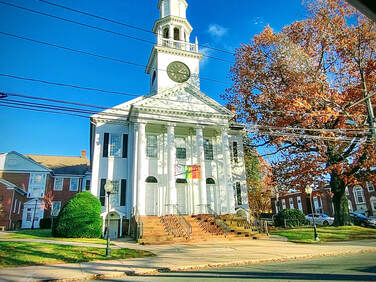 The collection of letters at the Barnes Museum is unique. One of the most interesting segments of the collection involves missionary work and Benevolent Societies. There is a good deal of information about the family’s role in the community through their faithful worship and attendance at Southington’s First Congregational Church. There are several letters about the family’s involvement in these societies. One letter was to Bradley Barnes to attend a meeting at the family’s church (First Congregational Church) just down the road from the Barnes family home. This letter (circa 1910) is an invitation to help organize a new society for the improvement of others. In the 1830’s article entitle d Another View of What Southington Needs Most a benevolent spirit and attitude among Southington, CT citizens is described as the result of having a friendly attitude to each other and strangers. It says the citizens of Southington “should have feelings of bettering their condition and…to realize all of the advantages of the town – and that unity produces opportunity, prosperity, growth, strength, happiness, health, and an endless number of advantages.”1 It was believed that this public spirit of interest combined with compassion and encouragement, would help make the town of Southington a leader when it came to helping others and forming benevolent missions or societies. Benevolent societies were focused on social reform in 1800’s post-Civil War America through the means of Christianity. They were dedicated to various causes including the temperance movement, the prison system, educational reform, and labor laws. These societies wanted to put an end to corporal punishment in schools, and give teachers stronger training and better curriculum choices. They wanted to stop gambling, prostitution, and pushed for the establishment of Blue Laws to stop non-religious activities on Sundays including working and shopping. Societies built orphanages, established childcare programs, and started career placement services for the poor. The benevolent societies were voluntary and often interdenominational. In practice, however, these societies were mainly established and funded by Congregationalists, evangelical Episcopalians, and New School Presbyterians. These societies were organized with a board of directors that provided national leadership and various branches spread throughout the country. These chapters or branches saw to it that the goals of the society were carried out. Annual meetings were held by a Board of Directors. The first benevolent society of Southington’s First Congregational Church was the Ladies Sewing Society, established in 1849, its goal was to promote benevolent relief and provide the necessities of life. This society was even more unique because men were allowed to join by paying annual dues of 25 cents. They were obviously a minority and never held offices in the society. The society began by making quilts and to help pay for new carpeting for the church. 2 They packed missionary boxes when they met every two weeks at the homes of different members. On December 28, 1859, the society began meeting both afternoons and evenings in the upper room of the Academy building in the rear of the church. Later the group changed its name to the Congregational Sewing Society, and in 1885 a vote was held to change the name again to the Ladies Aid Society. In addition to quilting, the work now included making clothes for missions and hosting dinners. They started a fund to purchase an organ, lamps, and linens for the church. Carpentry work, painting and interior decorating were all paid for through the work of this society. A telephone was installed in 1890, as well as a water motor for $125. During World War I, the ladies helped the war effort by working with the Red Cross, sewing hems for soldiers and servicemen. This society eventually became known as the Women’s Association of the First Congregational Church. This organization consisted of four groups, each with a variety of interests and responsibilities that made great contributions to the Christian World Mission. 3 Missionaries from the church traveled to Hawaii and the Philippines. Stateside, the Women’s Association helped a poor family with food and clothing in Mississippi. Reverend Elisha Cowles Jones served the church from 1837 until 1872 and was its fifth pastor. He was involved in the spirited debate centered around the temperance movement. Several parishioners were both manufacturers of liquor and involved in selling it. Yet others believed in temperance or complete abstinence, including not wanting to use real wine for communion. The issue was decided by Reverend Jones in a powerful sermon that was both honest and logical. The Barnes family received many offers to help benevolent causes and events. Museum paperwork from the year of 1913 shows requests for either direct donations or information; and for direction in helping the poor and others on hard times. One of these charities was the Lord’s Day League of New England, whose objective was to maintain the observance of Sunday, as a day of civil rest and religious observance, not one of business and pleasure. It did this through printed instruction, through instruction from the pulpit, education in the moral code of the day, enforcement of the Sunday Laws, and securing better legislation for working people. 5 In the interest of Sabbath Reform, this organization promoted educational, legal, and legislative work to close theatres and sporting events in Massachusetts and New England. Work on roads, buildings, stores, factories, saloons, post offices, and gambling resorts ended. They helped to defeat more than one-hundred Sunday bills legalizing baseball and other public games or sports. 6 Another document states that “one touch of nature makes the whole world kin.”7 This was The Citizens’ Relief Letter, and it concerned the flood of March 25, 1913, in Hamilton, Ohio. Requests were made to help rebuild the city, help people rebuild their businesses, restore their manufacturing plants, supply store merchants, and help put working people back to work. One of the most interesting letters was from The Charity Organization Society. This letter written in 1914, was regarding well-being of Mrs. Agatha Hayes who was employed by Barnes family as a general housekeeper during the summer of 1912. After her husband died in 1901, she and her only son, John James were on hard times. The letter requested information regarding relatives or family of Mrs. Hayes, inquired about her work ability and referenced her character. This letter was answered om January 16, 1914. One particularly humorous letter/poem asking for donations to build a recreational room for boys in the First Congregational Church basement. The poem reads: We’ll greet you all with great delight At a birthday socialization Friday Night This little bag of dainty hue, you are kindly asked to bring with you In it you’ll place (t’will surely hold) As many pennies as you’re years old Its use is for our dear church, for a better object you will have to search Its weak foundations we must strengthen, Its life and usefulness to lengthen. They too, our boys must have a room, They can call their very own Beneath the church such a room we’ve planned, To meet this need in great demand Where hearty, healthy happy boys May exercise and make a noise So, send your bag if you cannot come And help us raise the needed sum. 9 (Mrs. Paul C. Woodruff – April 4, 1913) Louise C. McKinney is a Ph.D. Candidate at Liberty University in Lynchburg, VA. She completed this research as part of her internship with the museum in the Fall of 2021.
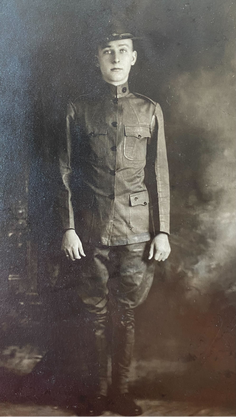 Allan Gridley Upson was born July 17, 1887. Allan was the son of Frank and Hattie Holcomb Upson, the grandson of Civil War Captain Andrew S. Upson (1825-1864), and brother to Leila Upson Barnes, wife of Bradley H. Barnes who she married in 1911. Allan attended local schools, the University of Maryland, and for a time worked at his father’s grocery store in downtown Southington. In 1911 local newspapers reported that Allan left the employment of his uncle at the grocery and began working as a traveling salesman for the New York-based gas engine company Fairbanks & Co.; not too long thereafter Allan left the industry altogether. Allan served in the United States Army from 1912-1929 training in Washington D.C. and Ft. Leavenworth, Texas. He was later stationed in Manila during the Philippine-American Conflict and in France during the first World War. 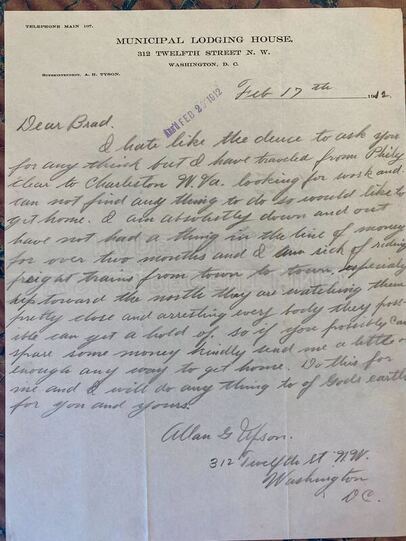 On February 17, 1912, a 25-year-old Allan wrote to his brother-in-law Bradley Barnes from a municipal lodging house in Washington D.C. asking for a loan so he could afford a train ticket back home. In his first letter to Bradley on February 17th Allan writes: “I hate like the deuce to ask you for anything but I have traveled from Philly than to Charleston West Virginia looking for work and cannot find anything to do so would like to get home. I am absolutely down and out have not had a thing in the line of money for over two months and I am sick of riding freight trains from town to town. Especially up toward the north they are watching them pretty close and arresting everybody they possibly can get a hold of…” While it is unclear what happened in the time spanning Allan’s letter to Bradley and his enlistment, records indicate that on August 9, 1912, Allan G. Upson enlisted with the U.S. Army in Washington D.C. Allan served as Private First Class of the Hospital Corps in the Philippines from 1912-15 and was assigned as an assistant dental surgeon. The photographs found in The Barnes Museum archives depict what Allan experienced during his time in the Philippines and are notable in recording a period in American history highly criticized by its contemporaries. Mark Twain wrote in the New York Herald on October 15, 1900: “I have read carefully the treaty of Paris, and I have seen that we do not intend to free, but to subjugate the people of the Philippines. We have gone there to conquer, not to redeem. . .It should, it seems to me, be our pleasure and duty to make those people free, and let them deal with their own domestic questions in their own way. And so I am an anti-imperialist. I am opposed to having the eagle put its talons on any other land.” 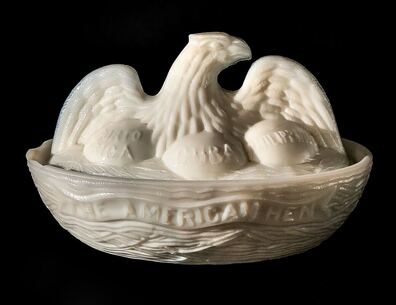 1898 American Milk Glass Eagle Hen on Nest Spanish American War Commemorative. The Three Eggs recognize Peurto Rico, Cuba, and the Philippines. Banner across the front reads: “The American Hen”. The Barnes Museum. America’s first overseas war was the Philippine-American War, an armed conflict between the First Philippine Republic and the United States that lasted from 1899 to 1902 and was the result of the culmination of the Spanish American War. The United States' interest in the Spanish American War was to assist Cuba, Puerto Rico, and the Philippines in gaining their freedom from Spanish colonial rule. The Spanish American War ended with the Treaty of Paris in December 1898. In the treaty, Spain ceded the Philippines to the United States for approximately twenty million dollars. Infuriated by the lack of independence promised to them the Philippines declared themselves independent in January 1899 and rejected recognizing the Treaty of Paris. This tension resulted in the first battle in a string of battles spanning two decades. The 1899 Battle of Manila began on February 4, 1899, and on June 2 the Philippine Republic officially declared war against the United States. Shortly thereafter the President of the Philippine Republic was captured, the United States declared victory on July 2, 1902. Theodore Roosevelt who had fought in Cuba during the Spanish American War assumed the presidency in 1901 and believed that the Philippines was not capable of self-governance. Roosevelt also believed that the Philippine Islands were an advantageous navy fueling station and an important outpost for the American military in Southeast Asia. Though the U.S. declared victory, the battles were far from being over. Groups of Philippine fighters continued to battle the U.S. forces occupying the Philippines. By the time Allan Upson arrived in the Philippines in 1912 troops there had been fighting for nearly a decade in what is described today as the Moro Rebellion. The Moro people lived in the southern Philippines and had been amongst the first to resist U.S. troops during the initial takeover of the Philippines in 1899. The conflict came to an end when the last military governor of the Philippines John J. Pershing declared disarmament of the Moro Province on June 15, 1913. Two years later to the date, Allan Upson traveled on the transport shop Thomas from Manila back home to the United States, docking in San Francisco. Below are photographs taken by Allan during his time serving in the Philippines. Less than two years later at the age of 29, Allan filled out his draft enlistment card for the impending World Ward. He noted on his draft card three years of service he gave the U.S. Hospital Corps in the Philippines. At the time he was living at the Upson family homestead located at 101 North Main Street in Southington. His occupation listed as Bookkeeper at the Atwater Manufacturing Company, the same company his brother-in-law Bradley Barnes oversaw as Vice President. On June 22, 1917, Allan married Rosalyn Taylor (1888-1970) of Southington. Shortly thereafter in September 1917, Allan departed Southington for training at Camp Devens in the rural section of Worcester and Middlesex counties in Massachusetts. Allan G. Upson served with the 76th Infantry Division, 152nd Infantry Brigade in the 303rd Machine Gun Battalion. In June of 1917, the first American troops arrived in France through several major port cities in the country. The port of Brest became a crucial entry port for American forces with more than 700,000 men entering there to head to the front lines. Nearly one year after entering training at Camp Devens, on June 28, 1918, Allan departed from New York, NY on the ship Justicia for Brest, France. Much of his time there was spent relieving those on the front lines. Depictions from his time in France can be seen in photographs and manuscripts documenting his training and combat there. Approximately a year after his arrival, Allan departed France on June 29, 1919, and on July 5, 1919, he arrived in Hoboken, New Jersey. Below are photos taken during his time serving in France and detail what military life was like in France during WWI. Though Allan’s military career had spanned several continents and extreme periods in U.S. military history, he remained active in the Army Reserves until 1929 when he was honorably discharged. Following his return, he continued working with the Atwater Manufacturing Company as an accountant. He and his wife Rosaline owned a home on Oakland Road in Southington and later spent their retirement at their summer residence in Miami, Florida.
Allan passed in 1952 just months before his sister Leila Upson Barnes. Allan was 65 and passed away at the Veteran’s Administration Hospital in Newington, Connecticut. He was an active member of the Southington community and was involved with the Congregational Church, the American Legion, Friendship Lodge No. 33, A.F. & A.M, and Eureka Lodge No. 75 IOOF. To learn more about the life and legacy of the Upson family schedule your visit with The Barnes Museum today! Halloween, All Hallows’ Eve or Hallowe’en as it has been referred to throughout American history is celebrated globally on October 31. The holiday developed from the ancient Celtic festival commemorating the changing of seasons from summer to winter, light to dark. On this day the belief was that the veil between the living world and the dead was weak enough for spirits who died throughout the year to cross over and visit the homes of their relatives. Large bonfires would be lit throughout a village for anyone seeking to relight their hearths for winter and to keep away any ill-willed spirits. Costumes and masks were worn as disguises should a devilish spirit seek to haunt you, and most importantly the holiday acted as a day to predict the forthcoming year, be it in health or wealth but especially love. When the Romans conquered the Celtic region between 390 BCE and 43 AD Roman rituals celebrating the dead and the harvest season influenced the traditions that have come to mark the holiday for us today. |
|
Visit UsWednesdays, Thursdays, and Fridays from 1pm - 5pm
Or by Appointment. Last tour begins one hour prior to close. General Admission - $10
Seniors - $8 Students - $5 Members & Children under 5 - FREE |


